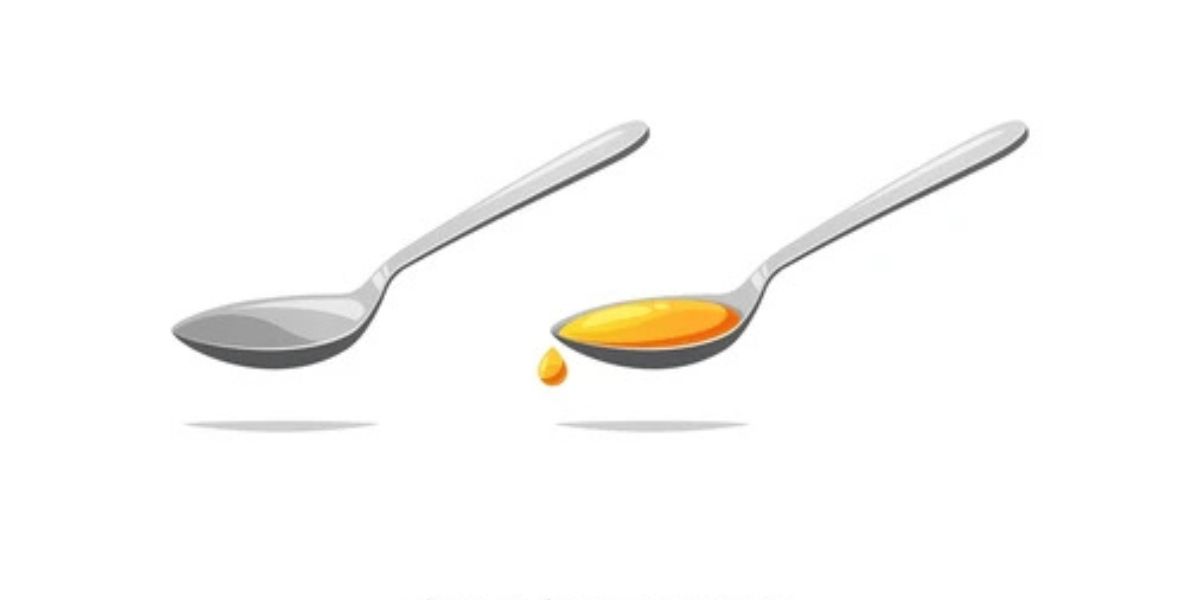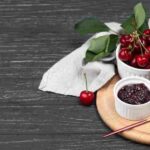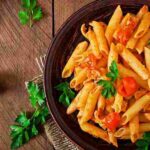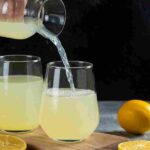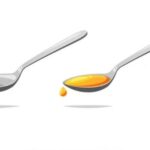Ever stared at a recipe asking for milliliters and thought, Wait—how many ml in a tablespoon? You’re not alone! In the USA, most recipes use tablespoons, but international dishes often switch to milliliters, which can cause confusion in the kitchen. Knowing that 1 U.S. tablespoon equals approximately 14.79 ml can save your dinner and your sanity. Whether you’re whipping up a sauce or mixing dry ingredients, understanding tablespoon to ml conversion is essential. This guide simplifies everything from measuring spoon sizes to kitchen measurement equivalents, so you never have to second-guess again. Let’s make cooking easier—one conversion at a time.
What Are Tablespoons and Milliliters?
A tablespoon is a common kitchen unit used in the US customary system to measure small amounts of liquid or dry ingredients. One U.S. tablespoon equals about 14.79 milliliters, while an Australian tablespoon size is 20 ml and a UK measurement system tablespoon is 15 ml. Confusing, right? But once you know your system, it’s easy to stay accurate.
On the other hand, a milliliter is a metric unit used worldwide to measure volume. It’s one-thousandth of a liter. The metric vs imperial measurements differ in how they standardize these volumes, making it critical to use the correct conversion when following a recipe from another country. Understanding what is a tablespoon and what is a milliliter is step one in becoming a confident home cook.
How Many Milliliters Are in a Tablespoon?
If you’re using a U.S. recipe, 1 tablespoon is 14.79 ml. However, if you’re cooking with a European or Australian recipe, 1 tablespoon could mean 15 ml or 20 ml. So, 1 tablespoon in ml can change depending on where you are. For everyday purposes in the U.S., you can safely round 1 tablespoon to 15 ml for easier math.
To make your life simpler, here’s a quick table for reference:
| Region | 1 Tablespoon (tbsp) in mL |
| USA | 14.79 ml |
| UK/Canada | 15 ml |
| Australia | 20 ml |
Knowing how many ml in a tablespoon lets you confidently follow any recipe—especially when converting using a volume measurement chart.
Tablespoons to Milliliters Conversion Table
Need to convert tablespoons to milliliters fast? Use this handy tablespoon to ml conversion chart. It’s especially useful when doubling recipes or converting fluid measurement in cooking.
| Tablespoons | Milliliters |
| 1 tbsp | 14.79 ml |
| 2 tbsp | 29.57 ml |
| 3 tbsp | 44.36 ml |
| 4 tbsp | 59.15 ml |
| 5 tbsp | 73.94 ml |
| 6 tbsp | 88.72 ml |
| 10 tbsp | 147.87 ml |
This is your go-to volume conversion table. Bookmark it or print it out for your fridge. The goal is converting tablespoons to ml without stress.
How to Convert Tablespoons to Milliliters
Here’s the formula: Multiply tablespoons by 14.79 (for U.S. measurements). So if a recipe calls for 3 tablespoons, that equals 3 × 14.79 = 44.37 ml. It’s simple math but really helpful, especially for beginners.
A common mistake is forgetting the country of origin of your recipe. A UK tablespoon is 15 ml, not 14.79. That slight change can make a big difference in baking spoon measurements, where precision matters most.
Volume Conversion Chart
Use this easy chart when converting between different volume units. It’s perfect for every kind of cooking measurement guide.
| Unit | Milliliters (ml) |
| 1 tsp | 4.93 ml |
| 1 tbsp | 14.79 ml |
| 1 cup | 236.59 ml |
| 1 pint | 473.18 ml |
| 1 quart | 946.35 ml |
| 1 liter | 1000 ml |
This standard kitchen conversions table bridges the gap between cups to milliliters and other units. Keep it nearby when using measuring utensils.
How Many mL Are in a Teaspoon?
If you’re wondering how many ml in a teaspoon, the answer is 4.93 ml in the U.S. A teaspoon vs tablespoon is a 1:3 ratio, which means 1 tablespoon = 3 teaspoons.
So if your recipe says 1 teaspoon of vanilla extract, you’ll be adding just under 5 ml. Easy, right? Understanding 1 tsp in ml and teaspoons to milliliters helps a lot in making sauces or spice mixes.
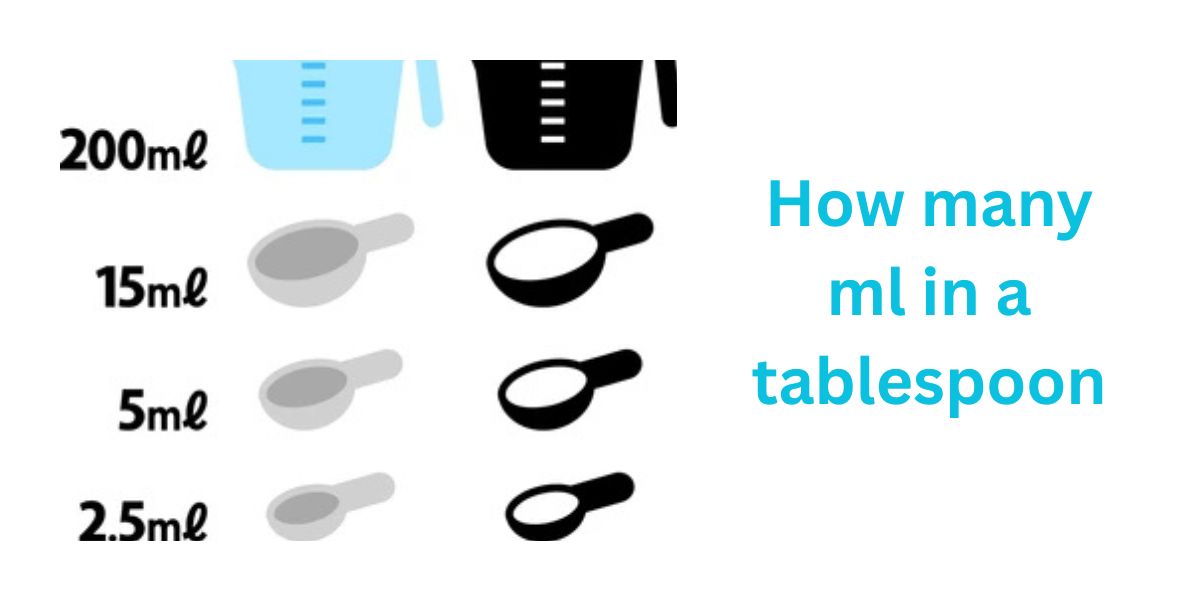
Dry Measurements vs Liquid Measurements
Here’s where many people get confused. A cup of flour doesn’t weigh the same as a cup of oil. That’s because dry measurements in grams don’t equal liquid measurements in ml. Use a kitchen scale for dry items and measuring spoons for wet ones.
This also helps when measuring flour vs sugar—they pack differently, and volume can lie. For best results, use a weight to volume chart to stay accurate.
Additional Volume and Weight Equivalents
Here are other helpful kitchen measurement equivalents that come up often:
| Conversion Type | Result |
| 1 cup flour (U.S.) | ~120 grams |
| 1 liter | 33.8 ounces |
| 1 ounce | 28.35 grams |
| 1 gram | 0.035 ounces |
If you’re following a European or Asian recipe, these grams to ounces and liters to ounces numbers will come in handy.
What Language Are You Measuring In?
Every country uses different measuring styles. The US vs metric conversions vary by tablespoon size, grams, and even oven temperatures. A tablespoon in the US customary system is different from the Imperial vs metric system.
That’s why you should always check the international recipe conversions before starting. If you’re baking a cake from the UK, your results may flop unless you know your measurements. This is especially true with metric vs imperial measurements.
Fun Facts and Historical Insights
Did you know the term “tablespoon” comes from old European silverware sets? Back then, spoons came in many sizes, and their use in baking spoon measurements wasn’t standardized. It wasn’t until the 1890s that the U.S. set a tablespoon to equal about 15 ml.
Also, the Australian tablespoon size is 20 ml. That’s a full third more than a U.S. tablespoon. So a cake recipe from Sydney might turn out dense or wet if followed with U.S. tools. These fun historical quirks make a big difference in your cooking measurement guide.
By now, you should feel confident using this measurement conversion for beginners. Whether you’re converting ml to tbsp or figuring out how to measure ingredients, this guide is here to help. Cooking and baking should be fun—not a math quiz. So save this article, use the baking measurement chart, and enjoy your time in the kitchen!
For more information visit us:
FAQs
Q: Is 5 ml the same as 1 tablespoon?
A: No, 5 ml is closer to 1 teaspoon. 1 tablespoon equals about 15 ml in most countries.
Q: Is a tablespoon 15 or 20 ml?
A: It depends on the region. U.S. and U.K. tablespoons are 15 ml, while Australian tablespoons are 20 ml.
Q: Is 1 tablespoon 30 ml?
A: No, 1 tablespoon is typically 15 ml. 30 ml equals 2 tablespoons in most measurement systems.
Q: Is 1 tablespoon equal to 10 ml?
A: No, 10 ml is less than a full tablespoon. Most standard tablespoons measure around 15 ml.
